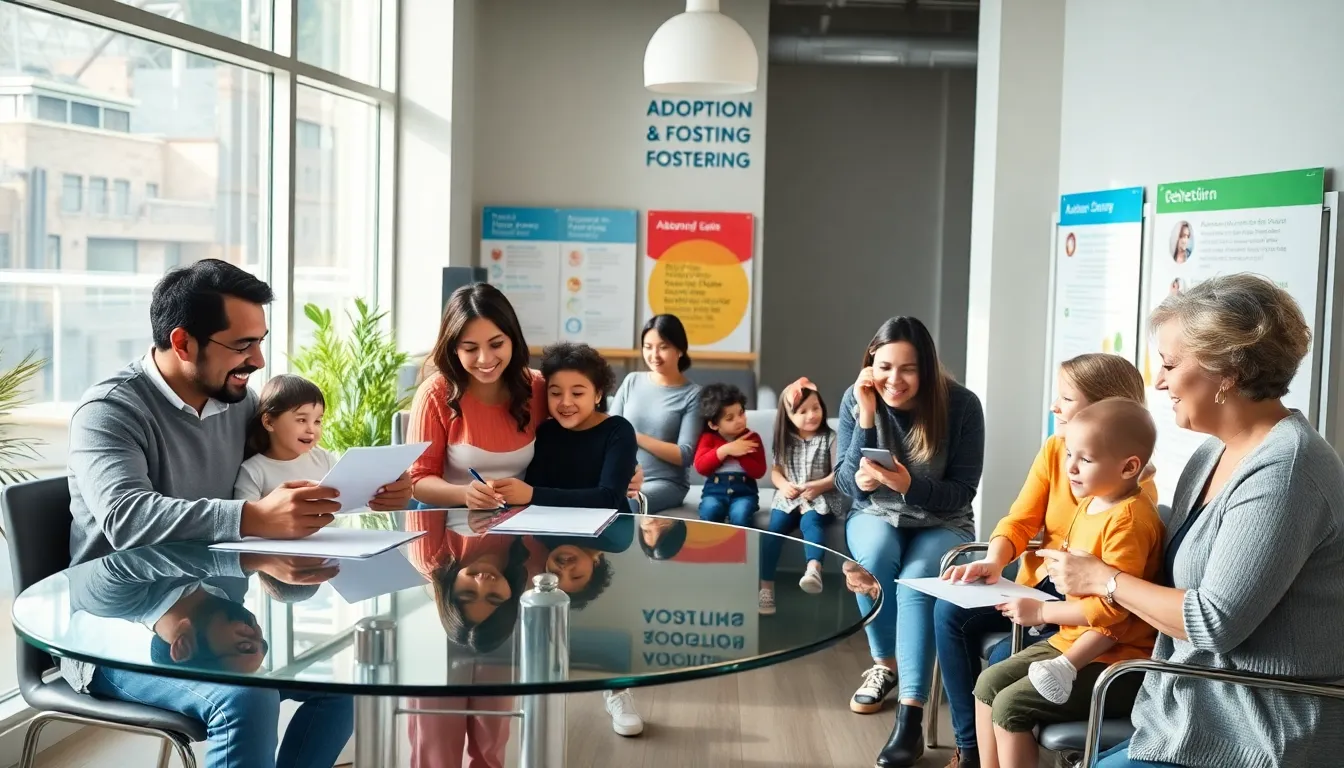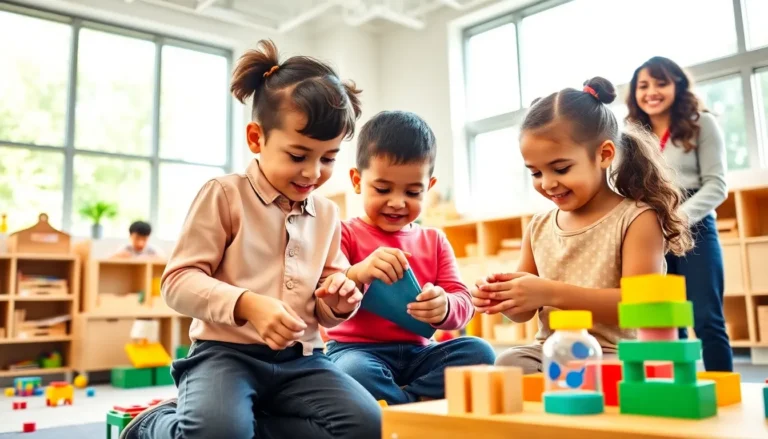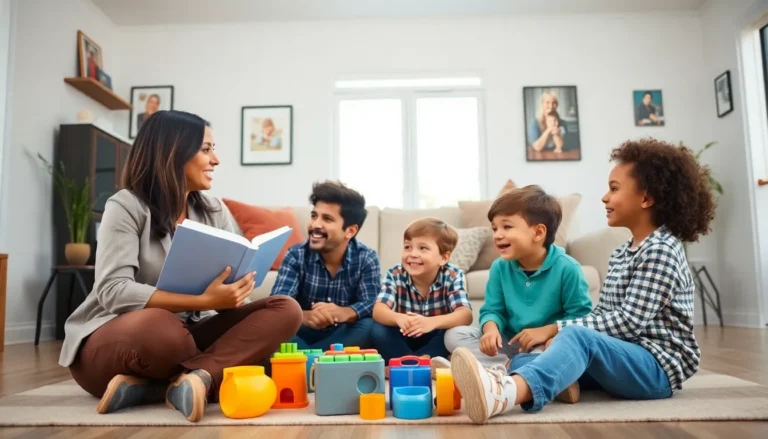Curious about the difference between adoption and fostering? You’re not alone. Many people mix these two concepts up, thinking they’re just two sides of the same coin. But, the differences are as significant as a cat trying to fetch a ball, some things just aren’t meant to be. Understanding these distinctions can help navigate the complex paths of child welfare and family-building. Let’s jump into the nitty-gritty of adoption and fostering, who knows, you might find a new calling.
Table of Contents
ToggleUnderstanding Adoption

Adoption is the process through which an individual or couple becomes the legal parent or parents of a child, giving that child a permanent family. It’s like finding a puzzle piece that finally fits perfectly. Here’s a closer look:
Types of Adoption
There are several types of adoption, including:
- Domestic Adoption: Adopting a child within the same country.
- International Adoption: Bringing a child from another country into your family.
- Foster Care Adoption: Adopting a child who was previously in the foster care system.
- Stepparent Adoption: A stepparent legally adopting their spouse’s child.
Each type has its own set of procedures and requirements, tailored to the legal framework of the location involved.
Legal Process of Adoption
The legal process of adoption involves several steps. Typically, prospective parents must:
- Complete a home study to assess their living situation.
- Submit an application detailing their background and intentions.
- Attend court hearings to finalize the adoption.
It’s essential to understand the laws governing adoption in your state or country, as these can vary significantly.
Benefits of Adoption
Adopting a child can offer numerous benefits:
- Permanent Family: The child gains a stable, loving family environment.
- Emotional Growth: Parents experience deep emotional fulfillment from providing a loving home.
- Impact on Society: Adopting helps to alleviate overcrowding in orphanages and foster care.
Think of adoption as not only changing a child’s life but enriching the parents’ lives too.
Challenges of Adoption
Even though its many benefits, adoption can also pose challenges:
- Transitional Issues: Children may face difficulties adjusting to new environments.
- Legal Complications: Navigating the legal system can be daunting and time-consuming.
- Emotional Baggage: Older children or those with a traumatic history may need extra support.
Adoption requires ongoing commitment and understanding, making it a rewarding but complex journey.
Understanding Fostering
Fostering involves temporarily caring for children whose families are unable to provide a safe home. Think of it as offering a cozy bed and warm meals while helping a child navigate turbulent waters. Let’s explore:
Types of Foster Care
Various types of foster care cater to different needs:
- Emergency Foster Care: For children who need immediate placement.
- Short-term Foster Care: For children who need a temporary home while their situations are stabilized.
- Long-term Foster Care: If a child can’t safely return home, they may remain with a foster family until they reach adulthood.
- Respite Care: Fostering for a brief period, allowing regular foster families to take short breaks.
These options ensure that every child’s needs are met, creating a tailored support system.
Legal Process of Fostering
The legal process for fostering generally involves several steps:
- Completing a rigorous assessment and training program.
- Undergoing background checks and home evaluations.
- Attending regular check-ins with social workers.
While it’s not as lengthy as adoption, it still requires significant commitment, ensuring the right fit for both children and families.
Benefits of Fostering
Fostering offers numerous advantages:
- Immediate Impact: Foster parents can immediately help children in need.
- Flexibility: Families can choose the duration of their commitment.
- Personal Growth: Fostering can be transformative, providing valuable life lessons for everyone involved.
It’s a selfless act of love that allows foster parents to give hope to children in need.
Challenges of Fostering
On the flip side, fostering also comes with hurdles:
- Emotional Turmoil: Children may carry trauma from their past, requiring patience.
- Temporary Nature: Knowing that the child may return to their biological family can be tough.
- Resource Requirements: Foster parents often need to coordinate with social services, which can be complex.
Even though the heartache, fostering is a noble try, providing critical support in difficult times.
Key Differences Between Adoption and Fostering
Understanding the fundamental distinctions between adoption and fostering is crucial for anyone considering these paths. Let’s break it down:
Emotional and Legal Attachment
Adoption creates a permanent emotional and legal bond between the parents and the child, similar to the connection of biological family members. Conversely, fostering is meant to provide temporary care, and the bond, while deep, does not carry the same permanence.
Permanence and Stability
When a child is adopted, they become a permanent member of the family, offering a sense of stability and belonging that’s immensely valuable. Fostering, but, can be more fluid. Children may come and go based on their family’s circumstances, which can lead to feelings of uncertainty.
Support and Resources
Adoptive parents often receive different types of support, including financial assistance and resources aimed at navigating post-adoption challenges. Foster parents typically have access to support from caseworkers and local agencies, but this support can sometimes be inconsistent, depending on funding and resources available in their area.
Understanding these differences can provide clarity for those considering which path is best for them and the children.




